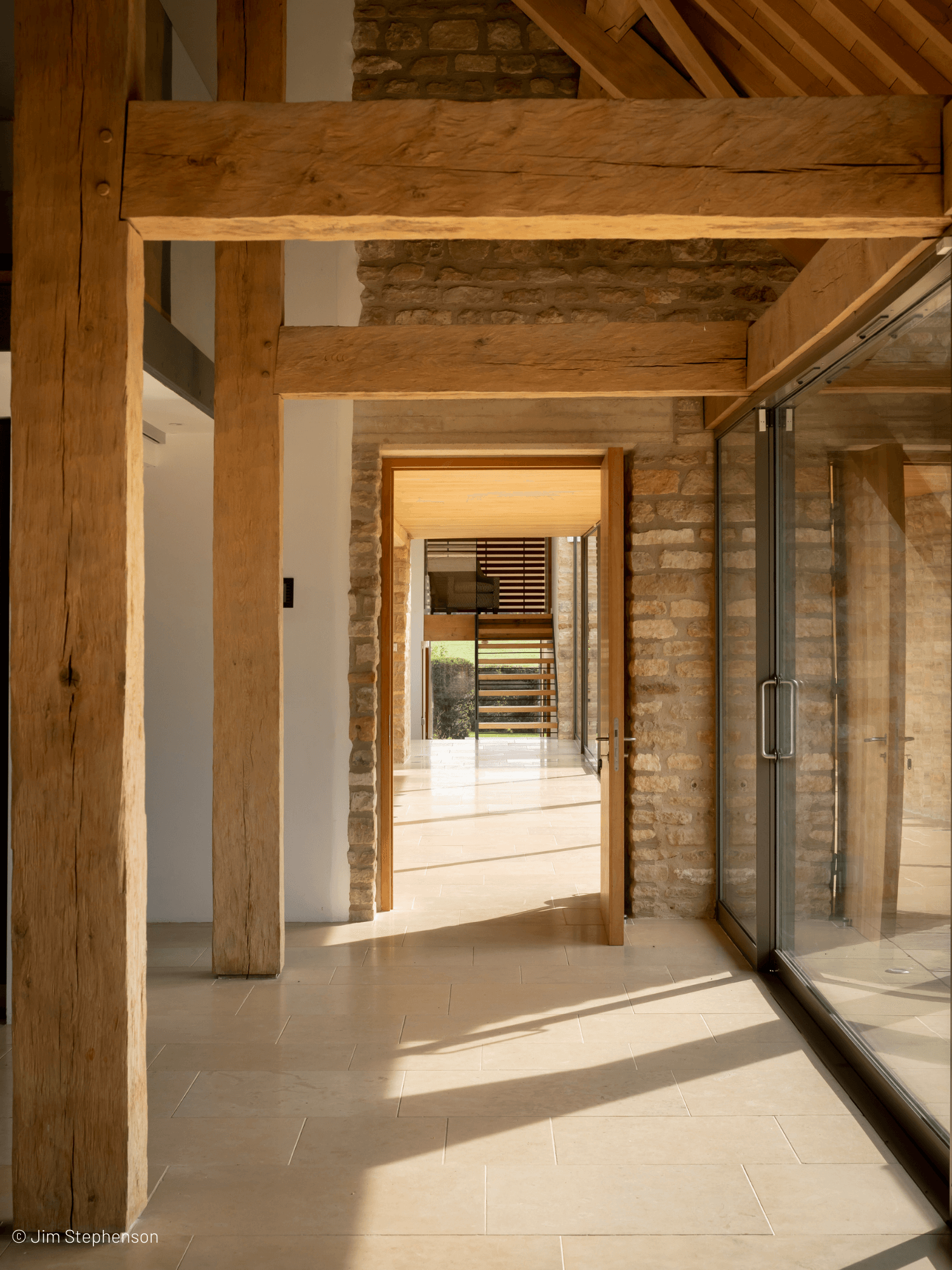FAILURE TO LAUNCH: TOP 5 REASONS
Director of Projects, Philip Wright ARB RIBA
We’ve often likened the process of putting together a high-end residential property project to conducting an orchestra. That is gathering together people with a variety of skills and then knowing who to bring in at which juncture. The operation requires coordination of permissions (planning and otherwise), people, materials and machinery, along with a lot of other moving parts. To succeed, it also needs to be on standby for as yet unknown obstacles. These can range from incomplete design information to the sudden realisation that a protected species of bat resides in the roof rafters or coming across highly complicated party wall matters. A lot can go wrong. Here, we’ve summarised where the majority seem to come unstuck.
1. Too many voices
When embarking on a project, advice (both solicited and unsolicited) comes from well-meaning sources, be they friends or agents, professionally involved in the world of property, or not at all. Rarely does it align. Not only that, but disagreements emerge between couples about what should take priority, what adds value, what will be easiest to achieve and what will give the greatest satisfaction. It’s overwhelming and can often lead to projects stalling or being mothballed altogether.

2. Budget fails
When it comes to project costs, misinformation is endemic. We know that clients in the past have been badly informed about the costs of their project, whether it be through anecdotes from well-meaning agents or banks and wealth managers using out-of-date intelligence (often without realising). Another significant risk comes from professionals themselves, who frustratingly fall into the trap of telling clients what they want to hear and not what they need to know. This is one of the reasons we thought it was vital to establish the RedBook Luxury Projects Index. When it comes to budgeting for projects, we tap into our live data from over 700 projects from within the past 6 months to provide clients with current market costs on material, construction and professional fees.
3. Unrealistic time pressures
Many residential projects are given unrealistic or unfeasible timelines—to be finished by Christmas being the most common. Each project should consider the time it will take to secure planning, to complete the design and what compromises can be made if there is a real urgency to complete before a certain date (for instance, children starting at a new school).
4. Organisational breakdowns
Any significant building project will require the expertise and input of a number of different professionals, including builders, architects, planning consultants, interior designers, and project managers. Unlike a jigsaw puzzle, it’s not just a case of finding a piece and slotting it in for the whole to come together in a piecemeal fashion. There is an order of priority that needs to be followed to avoid jumping guns or losing time. It’s our job to organise who needs to be commissioned and when, in line with the project brief aspirations, timescale and budget.
5. Design obstacles
Having considered all of the above, projects can still stall or fail to launch because good design is born out of a response to constraints. Just as an artist needs to know what canvas they are working on before selecting the medium to express their art, the idiosyncrasies of each project need to be understood by all before finding the best solutions to react to them.
Alongside the above, there are also crucial pieces of the puzzle required for a design team to move into action.
Measured surveys Architects won’t start drawing until they have measured drawings. Many think this is the job of the architect, but that’s rather like asking a head chef to do the work of a sous chef. These drawings should be done by skilled technicians who are most cost-effective and quicker for that specific task. Failure to have these ready can stall a project for weeks.
Site surveys Some, such as topographical and tree surveys, will need to be done before planning permission is sought. Meanwhile, ecological surveys must be undertaken at specific times of the year. In the case of bats, for example, the season runs from May to September because they hibernate in the winter.
Licences to alter When working within apartment buildings, it’s critical to begin liaising with the building management team to ascertain what can and can’t be considered and what information is required for obtaining a license to alter. There is no point in dreaming of a new ensuite to the principal suite if the freeholder will never authorise it within that zone.
Designing within boundaries Too often, interior designers and architects get carried away by the most wonderful designs that will never be granted permission because there is no planning precedent, the building is listed, or the designs are too far removed from local policy. All these need to be considered before a drawing begins.

